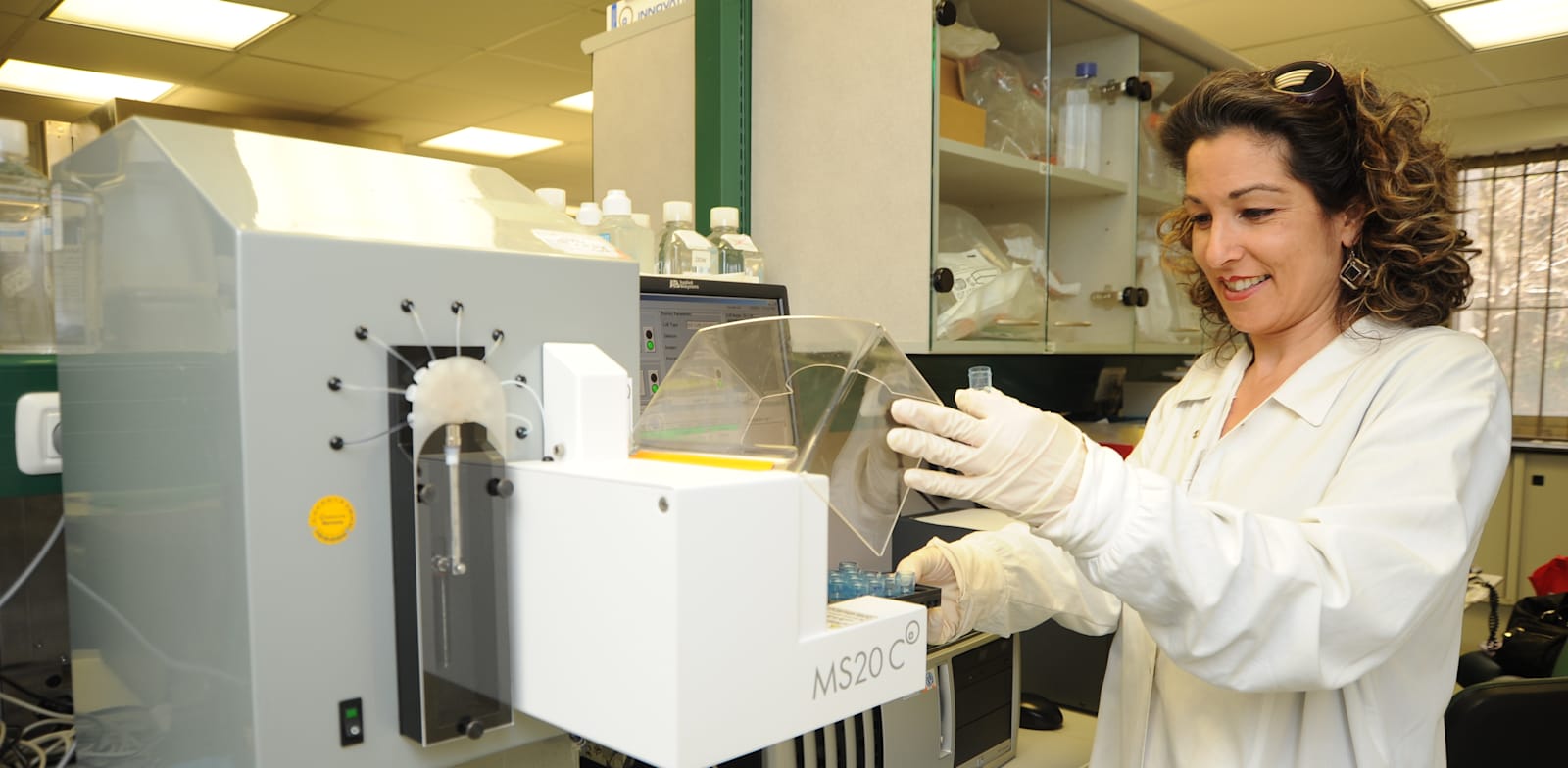Software Engineer Urs Koster from Google Research discusses the importance of time series problems in various fields, from predicting weather patterns to understanding economic trends. Bayesian approaches involve making assumptions about data patterns, collecting evidence, and updating these assumptions to form a probability distribution. While traditional methods like Gaussian processes and Structural Time Series are commonly used, they can be computationally expensive and lack interpretability.
To address these issues, AutoBNN is introduced as an open-source package written in JAX. AutoBNN automates the discovery of interpretable time series forecasting models, provides reliable uncertainty estimates, and scales effectively for large datasets. It combines the interpretability of traditional probabilistic approaches with the scalability and flexibility of neural networks.
AutoBNN is based on the concept of modeling time series using Bayesian neural networks (BNNs) with compositional kernel structures. This approach improves predictive accuracy and computational efficiency compared to traditional methods. By translating Gaussian processes with compositional kernels into BNNs, AutoBNN allows for flexible and efficient modeling of time series data.
The package includes various base kernels and operators, such as Linear, Quadratic, Matern, ExponentiatedQuadratic, Periodic, Addition, Multiplication, and more. It also introduces new features like OneLayer kernel, ChangePoint operator, LearnableChangePoint operator, and WeightedSum operator for structure discovery in BNNs. These features enable users to create complex models while keeping the number of learnable weights minimal.
AutoBNN provides estimators for MAP and MCMC inference, along with six likelihood functions for different types of data. Users can easily explore different model structures using predefined model classes like sum_of_stumps or sum_of_products. The package allows for efficient training and inference on various datasets, as demonstrated in an example using the Mauna Loa CO2 dataset.
Overall, AutoBNN offers a powerful and flexible tool for modeling time series data, combining the strengths of Bayesian approaches and neural networks for accurate and interpretable forecasts.
Source link





















